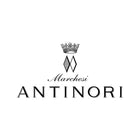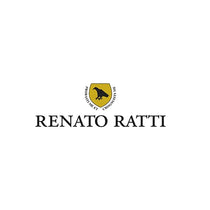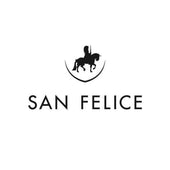Skip to Main Content
€10.60
Sort + Filter
Friuli Venezia Giulia
Viticulture has experienced some dark moments, also risking total destruction, but it has always known how to be reborn as a strength and prestige of the regional economy.
The production is not very high, about 752,000 hl of wine in 2009, but it is distinguished by the absolute qualitative value, especially of the white wines among the best in Italy.
The factors that make these areas particularly voted for viticulture are above all the soils, marly in the hilly areas, stony and clayey in the flat ones, the climate, rather mild in the province of Gorizia, and the wide diffusion of quality vines, the result of a severe selection, which places this region at the top of the world in the production ofrooted cuttings.
The most famous traditional varieties are the Friulano, the Verduzzo Friulano, the Istrian Malvasia, the Ribolla Gialla, the Picolit, and among the red berried ones the Refosco dal peduncolo rosso and the Pignolo, the latter capable of giving great wines.
The success of Friulian oenology is also linked to the planting of international fine wines, such as pinot grigio, sauvignon, chardonnay, pinot bianco, riesling, merlot, cabernet franc and cabernet sauvignon.
The areas known in the world for their great whites are those corresponding to the Collioe and the Colli Orientali del Friuli, where the soil, the particular flyscg of Cormòns, takes on a decisive value. In addition to great whites and redsstructure, in this territory aelegantdessert wine, RamandoloDOCG, produced by verduzzo friulano. Another flagship among Friulian dessert wines is theDOCGColli Orientali del Friuli Picolit. Still in the Colli Orientali area, two red grape varieties are cultivated, the tazzelenghe and the schioppettino, a bit particular also in the name: the first has the acid and tannic components so strong that it cuts the tongue, the second crackles in the mouth thanks to its vivacity.
In the Grave areaDOC, the pebbly ground that refers to the landscape of the Graves in the Bordeaux area, creates the ideal environment for the Friulian, while in the Karst areaDOC, characterized by white and gray rocks, vitovska, Istrian Malvasia and Teran, the latter with red berried grapes, express themselves on good quality levels.
The production is not very high, about 752,000 hl of wine in 2009, but it is distinguished by the absolute qualitative value, especially of the white wines among the best in Italy.
The factors that make these areas particularly voted for viticulture are above all the soils, marly in the hilly areas, stony and clayey in the flat ones, the climate, rather mild in the province of Gorizia, and the wide diffusion of quality vines, the result of a severe selection, which places this region at the top of the world in the production ofrooted cuttings.
The most famous traditional varieties are the Friulano, the Verduzzo Friulano, the Istrian Malvasia, the Ribolla Gialla, the Picolit, and among the red berried ones the Refosco dal peduncolo rosso and the Pignolo, the latter capable of giving great wines.
The success of Friulian oenology is also linked to the planting of international fine wines, such as pinot grigio, sauvignon, chardonnay, pinot bianco, riesling, merlot, cabernet franc and cabernet sauvignon.
The areas known in the world for their great whites are those corresponding to the Collioe and the Colli Orientali del Friuli, where the soil, the particular flyscg of Cormòns, takes on a decisive value. In addition to great whites and redsstructure, in this territory aelegantdessert wine, RamandoloDOCG, produced by verduzzo friulano. Another flagship among Friulian dessert wines is theDOCGColli Orientali del Friuli Picolit. Still in the Colli Orientali area, two red grape varieties are cultivated, the tazzelenghe and the schioppettino, a bit particular also in the name: the first has the acid and tannic components so strong that it cuts the tongue, the second crackles in the mouth thanks to its vivacity.
In the Grave areaDOC, the pebbly ground that refers to the landscape of the Graves in the Bordeaux area, creates the ideal environment for the Friulian, while in the Karst areaDOC, characterized by white and gray rocks, vitovska, Istrian Malvasia and Teran, the latter with red berried grapes, express themselves on good quality levels.
(1)






















